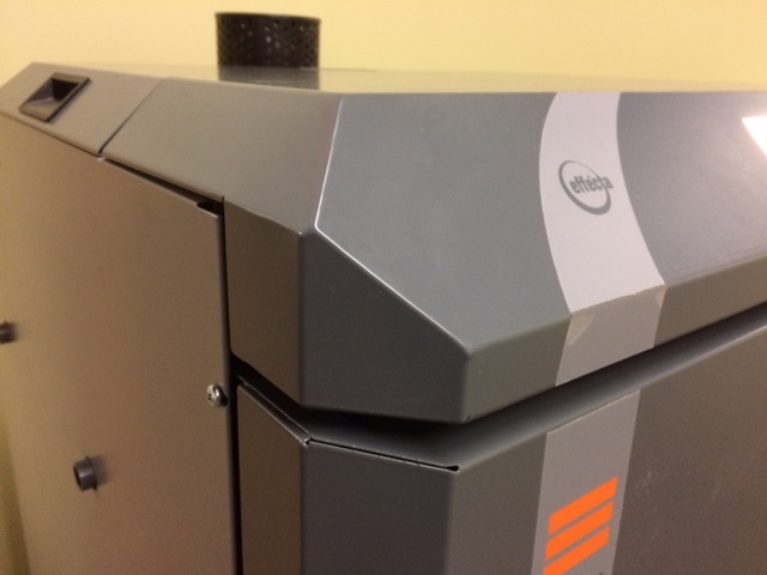Quality is an important aspect of durable goods such as boilers and furnaces. This is certainly the case with pellet boilers. A quality pellet boiler can be expected to run reliably and efficiently, be easy to maintain, and to last a long time.
Unfortunately, quality is one aspect of a product that almost anyone can claim because by itself, the word is usually not quantifying anything. Nobody gets held to account for claiming a product is a quality product when it actually has some important shortcomings. It can be hard to separate what is a quality product and what is not. So what to look for when evaluating quality?
Quality of Materials and Construction
Material and construction quality are important. Materials can be hard for a consumer to evaluate, but boiler weight is a good proxy. A heavy boiler is going to have more steel than a light boiler. All other things being equal, more steel leads to a longer-lasting boiler. Less steel can stress more with typical cycles of heating up and cooling down. Stress can lead to corrosion or cracking.
As for boiler construction, look at welds, and where steel is bent to form edges. Sharp bends stress metal more than more rounded bends. And sloppy welds are an indicator of sloppy construction. Sloppy welds will often lead to weak points and can lead to corrosion.
Component Quality
Component quality is another indicator of quality. Look for components that are manufactured from good names, and that are themselves made from quality materials and construction.
Look at fit and finish. Cabinets should be made from quality materials that don’t scratch and dent easily. Although it’s not always the case, a quality boiler cabinet is often a good indicator of quality underneath. On the other side of that is the adage “don’t judge a book by its cover”. A nice looking boiler on the outside MAY just be hiding deficiencies underneath, and vice-versa. A well-designed boiler will be high quality outside and in.
Engineering and Product Evolution
Look for an evolved product. Pellet boilers were first developed more than 20 years. Over that stretch of time, there has been ample opportunity to invest in the development of the boilers through the application of engineering and experience. If a company hasn’t reinvested in its pellet boilers, then their boiler designs and are likely falling behind. Look for products that have evolved, where the manufacturer has re-invested in their product, incorporating little changes along they way that yield a higher quality product, better value, and a better user experience.
Efficiency
Obviously you’ll want an efficient product. Look for efficiency numbers in the top half of the efficiency range at least. This is usually around 85% with today’s best technologies.
Limits of Quality
Quality is great, but it won’t matter as much if the rest of your heating system is poor quality, or inherently inefficient. If you’re planning to install a pellet boiler, ask your installer if there are other changes that might make sense to do at the same time. For example, adding an indirect hot water tank makes sense for a lot of people. And for information on indoor vs. outdoor placement, read my blog post on indoor vs outdoor boilers.
Your comments are welcome. Let me know what you look for when assessing the quality of a wood pellet boiler.
Back to top of post




Leave A Comment